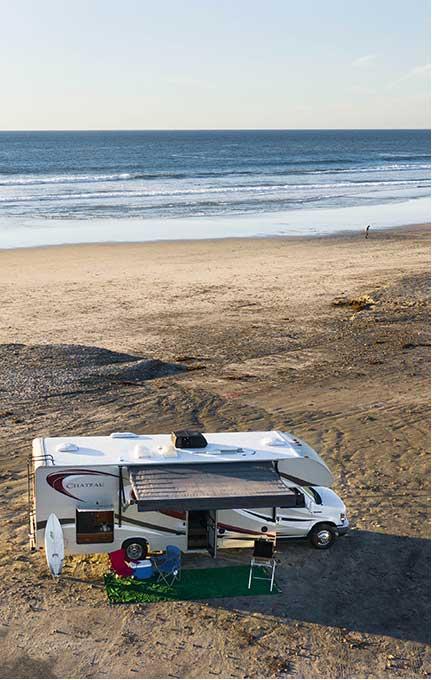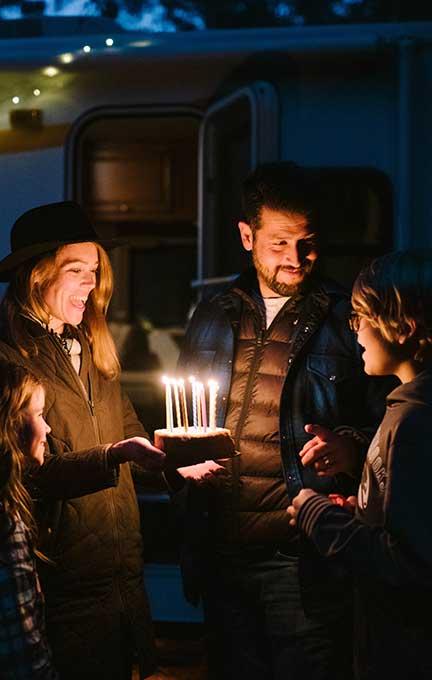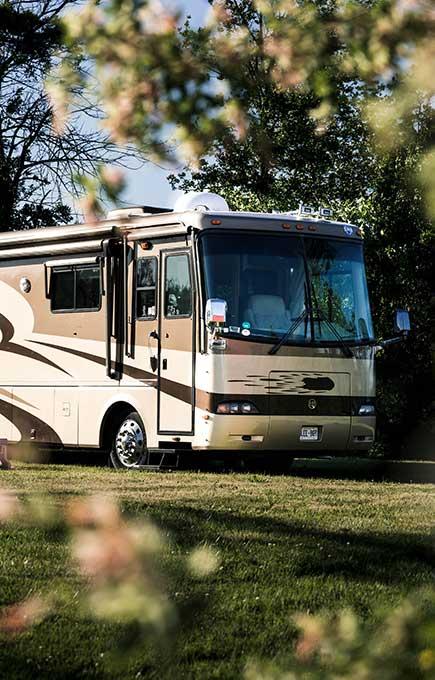The fall season means color for outdoor adventurers. There are few places as colorful in the fall as Great Smoky Mountains National Park. The park boasts more than 100 species of trees. Each has its own unique colors and its own schedule in preparing for winter. The result is a wild riot of paint-spattered trees across the rolling hills. It is a view you will never get tired of seeing.
Day One: Sugarlands Visitors Center
You and your crew arrive at the Great Smoky Mountains National Park. This is the most visited national park in the country and for good reason. Driving through the lush forests of Tennessee, you get a preview of the riotous fall colors all around you. After setting up camp, your first stop is the Sugarlands Visitors Center.
Sugarlands is the ideal place to start your visit. Even though it is free to visit the Great Smoky Mountains, you decide to make a donation and get their park welcome kit. You speak with the rangers about which parts of the park are open and where the best spots are to view the fall colors. You discover they even have a daily park colors forecast for the season.
While at Sugarlands, you tour the excellent natural history museum. Here, you can learn about all the plants and animals found in the park. The preserved specimens and beautiful field guide illustrations delight everyone. Finally, you take a stroll through the Valley Nature Trail and marvel at the huge range of plant life, from soaring trees to the carnivorous pitcher plants they have on display.
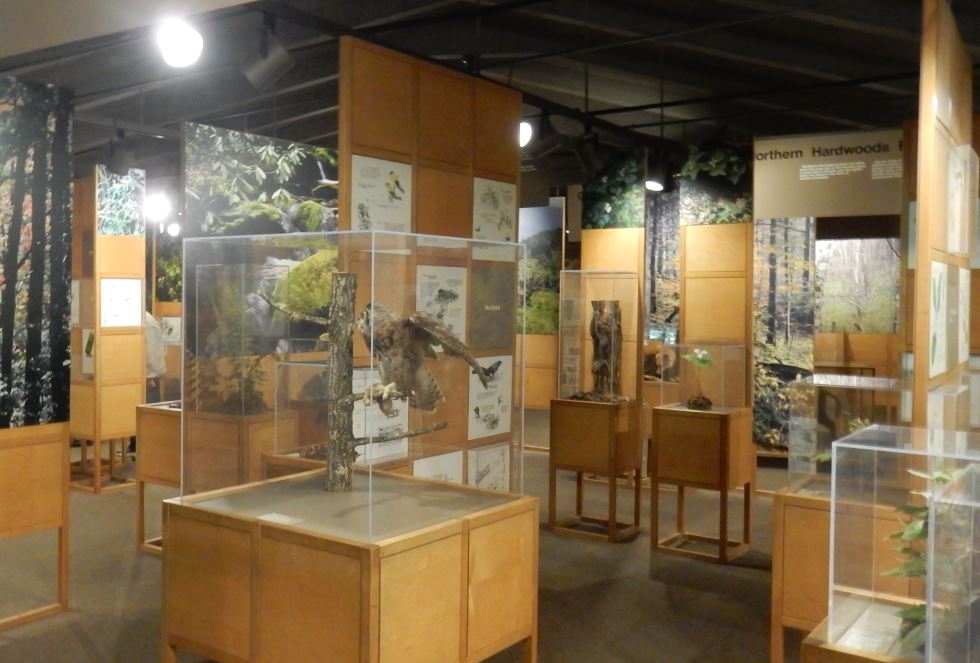
Day Two: Cades Cove and Rich Mountain Road
The rangers tnew you that Cades Cove is the most popular location in Great Smoky Mountains National Park, so you and your fellow travelers head out early to be among the first to arrive for the day. Cades Cove is a lush valley with a long human history, stretching back to the Tsiya’hi native peoples. They farmed and gathered here for centuries before the first western settlers.
The park service has preserved the lowland of the valley as an open field. You stop and take a stroll into it, so that you can look up at the surrounding hills. They explode with fall colors in every direction. You consider the hard life that early settlers had, but the rich rewards in natural serenity this place offers the soul. Following the loop road, you stop at frontier churches, farms, and a still working grist mill. You gain a much deeper understanding of frontier life and culture for these early western pioneers.
To get back to camp, you decide to take Rich Mountain Road, which climbs high into the hills surrounding the valley. The one-way road is steep, but easily navigated and the view from the top, looking down into Cades Cove is awe-inspiring.
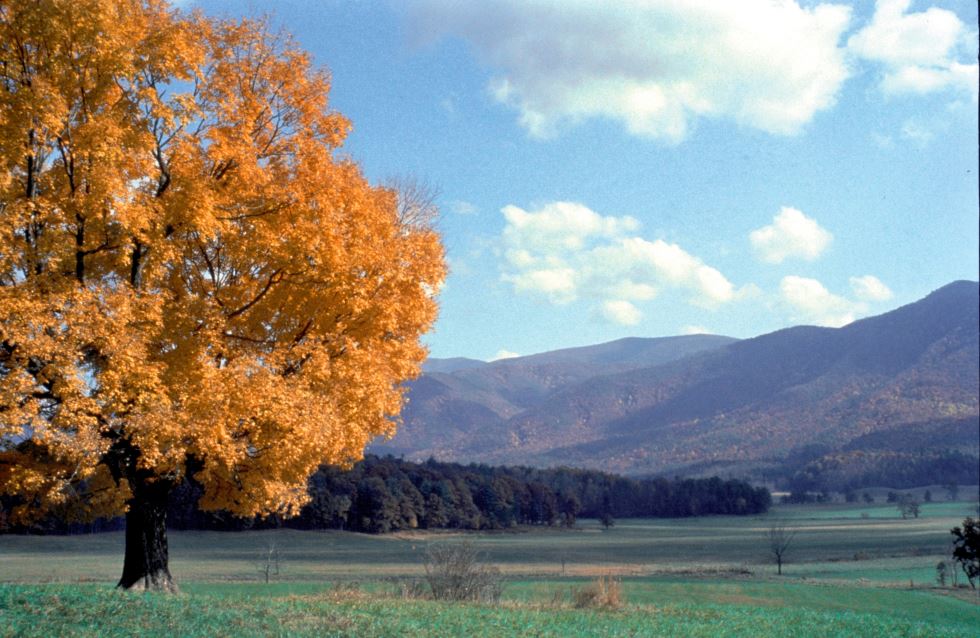
Day Three: Institute at Tremont and Spruce Flats Falls
In your research, you learned that the Institute at Tremont is a center for learning about the park, its wildlife, and its conservation. With a little research on their website, you managed to sign up for the annual homecoming celebration to honor the fall season. It is an evening of food, music, bonfires, and education celebrating the park and its wonders.
You decide to head there early and take the hike to Spruce Flats Falls. The trail guide you got at Sugarlands makes it clear that this trail can be uneven, so you bring along a good set of hiking boots and a picnic lunch for the gang. Trekking up into the hills behind the institute, you encounter all manner of plants and wildlife. After working up a good sweat, you arrive at the beautiful falls themselves. The clear, clean mountain water tumbles over mossy rocks and forms still pool below where fish can be seen hunting for their own lunch.
After a leisurely meal by the falls, you head back to the center. There you spend some time learning about their educational programs for kids and finally gather for the evening’s festivities. Great BBQ and colorful stories from the rangers and institute staff make for a grand evening as the sun sets in the Smokies.
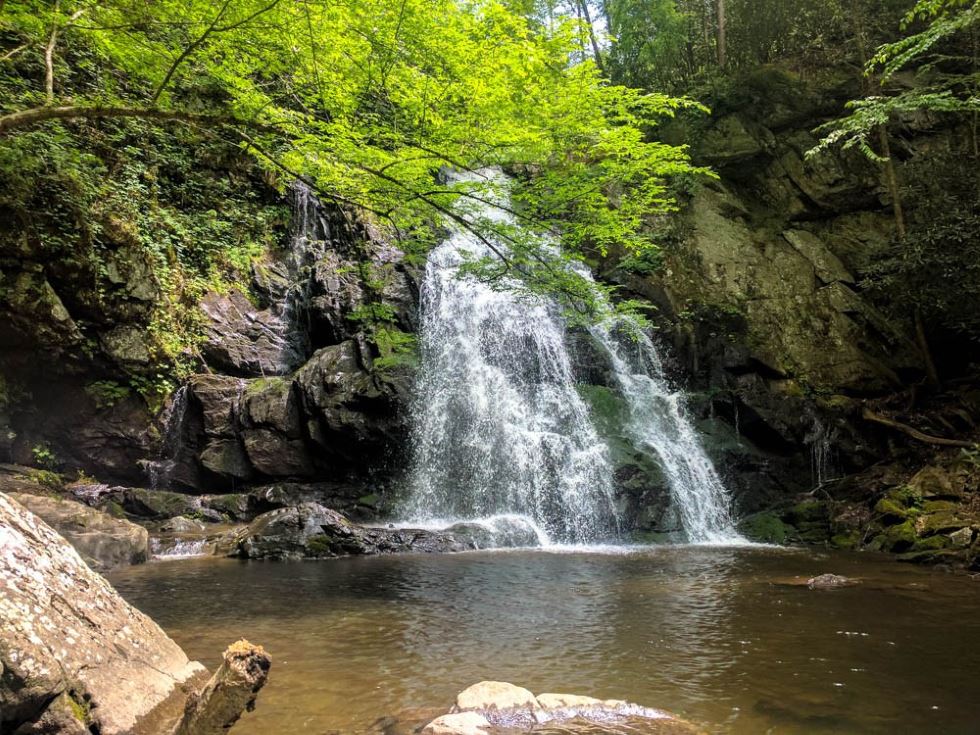
Day Four: Miniature Golfing in Pigeon Forge
While you came for the natural beauty, you couldn’t help but notice that the small towns surrounding the park, Pigeon Forge and Gatlinburg, are stuffed to the rafters with restaurants, shops, and entertainments. You decide to take a break from the park and see what the towns have to offer.
A pancake breakfast is customary and does not fail to satisfy. After that, your crew elects to try some miniature golf. This part of the country appears to be the unofficial putt-putt golf capital of the world with dozens of courses to choose from. You try some hillbilly golf, golfing in a haunted circus, and putting for pirate gnew. Your brilliant strategy and steady putting arm put you over the top. Celebrations are in order!
You finish out the day’s festivities with shopping for souvenirs, ice cream sundaes, and a trip to the movies to catch the latest blockbuster. Good times, but tomorrow it is back to the park for you and yours.

Day Five: Elkmont, Daisytown, and The Little River Trai
You had heard that there was a ghost town in the Great Smoky Mountains, so you decide to give it a look and do some hiking while you are at it. You drive up to the Elkmont region of the park to visit Daisytown.
Daisytown was not a frontier community like Cades Cove, but a vacation community designed for wealthier Americans who wanted to return to a simpler way of life and to connect more closely with nature. The result was an eclectic community with a wide range of building styles. When the area became a park, the residents slowly snew their land and moved out, leaving a strange little suburban ghost town in the forested hills.
You spend time exploring Daisytown’s main street and reading about its history and its residents. From there, you decide to hike up the Little River Trail. Along the way, you find the ruins of more homesteads as well as an abundance of fascinating wildlife. Squirrels, brightly colored fungus beetles, millipedes and other wonders of nature are everywhere around you on this glorious hike. The sound of the wind in the trees and the birds singing is intoxicating.
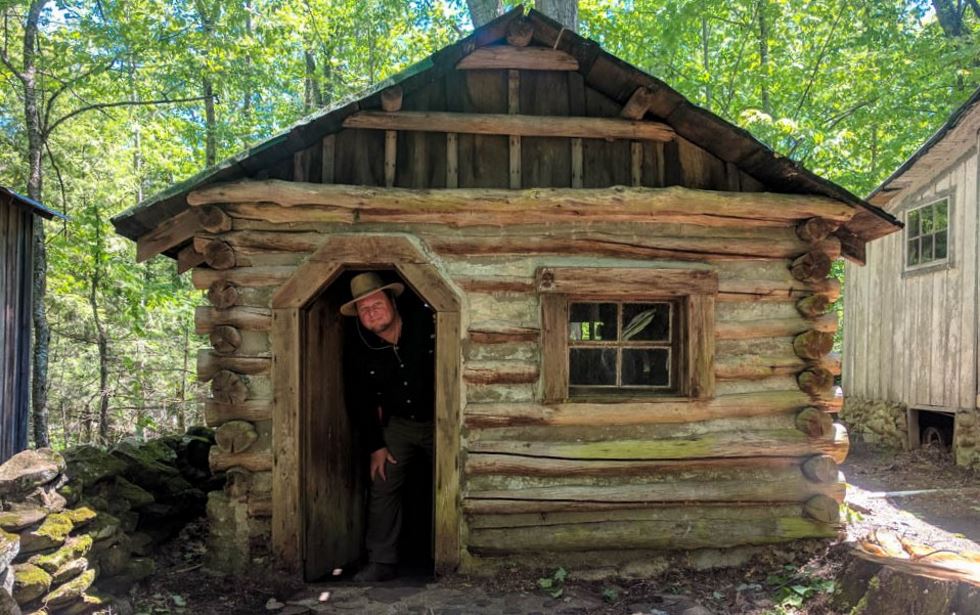
Day Six: Clingmans Dome, Oconaluftee, and the Mountain Farm Museum
On day six, you decide to get high, as high as you can go in the park. That means visiting Clingmans Dome at 6,643 feet in elevation. To get there, you drive the beautiful Newfound Gap road, which cuts through the park north to south. The driving itself is spectacular and exhilarating as the sun shines brightly above.
Arriving at Clingmans Dome, you hike up the steep paved trail to the summit, then up the spiraling ramp to the top of the observation tower. From here, you look out on the expanse of the Great Smoky Mountains in all their brilliant splendor. It is awe-inspiring, and if you are out of shape, it literally takes your breath away.
Continuing to the southern edge of the park you stop at the Oconaluftee visitors center. From here, you walk the river trail, hunting for salamanders and other aquatic life. You also spend some time at the Mountain Farm Museum where you can learn about the frontier farming practiced here in the past. You learn about swine-keeping, tilling the soil, corn cribs, and apple orchards. Life in these days was not easy.
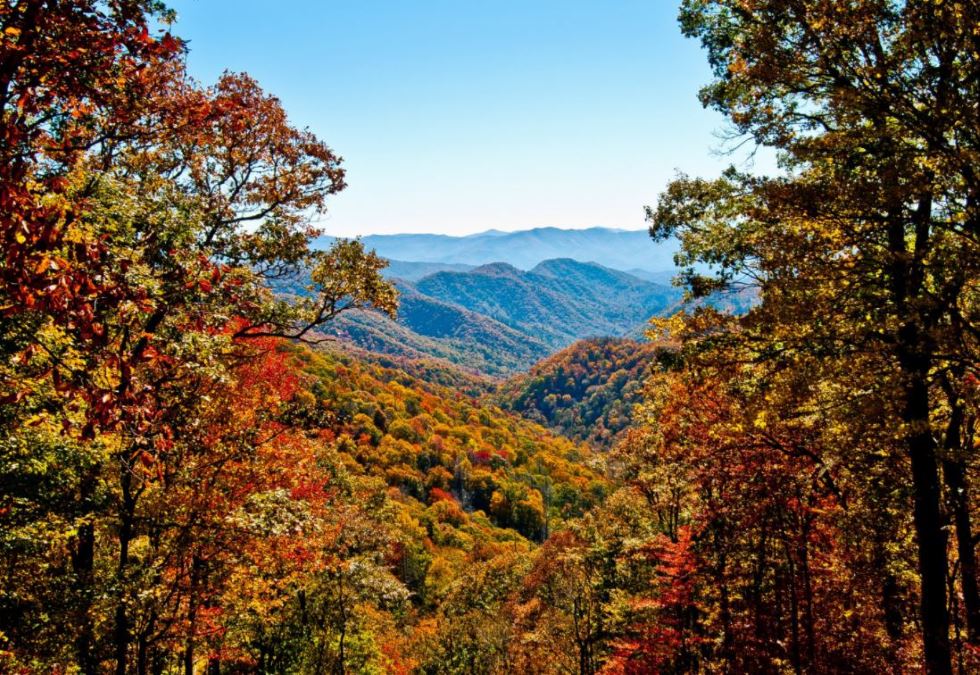
Day Seven: Farewell picnic at Greenbrier
Before you head home, you decide on one last trip to the park. You arrange for pancake breakfasts to-go in Gatlinburg and take them with you to the lovely Greenbrier picnic area. Here you spend the late morning and early afternoon enjoying your meal, marveling at the fall colors and wading into the nearby cool mountains stream.
You and your companions reflect on the adventures you have shared and discuss ideas for your next national park adventure. With your spirit refreshed and dreams of your next destination forming, you head back home, a little weary, but filled with wonder. The Great Smoky Mountains are truly a marvel of natural beauty.




